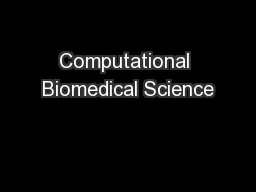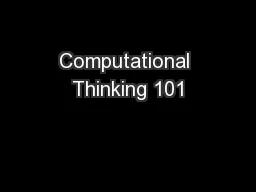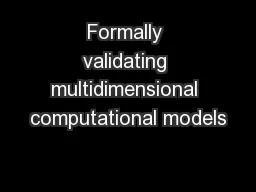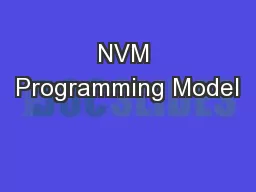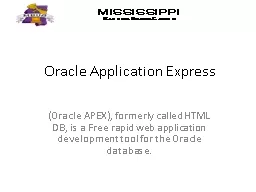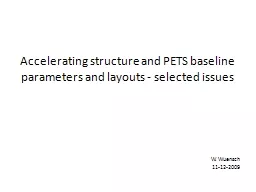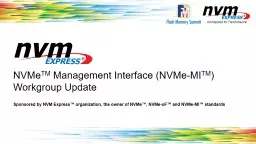PPT-Accelerating Applications with NVM Express™ Computational Storage
Author : ellena-manuel | Published Date : 2019-11-03
Accelerating Applications with NVM Express Computational Storage 2019 NVMe Annual Members Meeting and Developer Day March 19 2019 Prepared by Stephen Bates CTO
Presentation Embed Code
Download Presentation
Download Presentation The PPT/PDF document "Accelerating Applications with NVM Expre..." is the property of its rightful owner. Permission is granted to download and print the materials on this website for personal, non-commercial use only, and to display it on your personal computer provided you do not modify the materials and that you retain all copyright notices contained in the materials. By downloading content from our website, you accept the terms of this agreement.
Accelerating Applications with NVM Express™ Computational Storage: Transcript
Download Rules Of Document
"Accelerating Applications with NVM Express™ Computational Storage"The content belongs to its owner. You may download and print it for personal use, without modification, and keep all copyright notices. By downloading, you agree to these terms.
Related Documents



